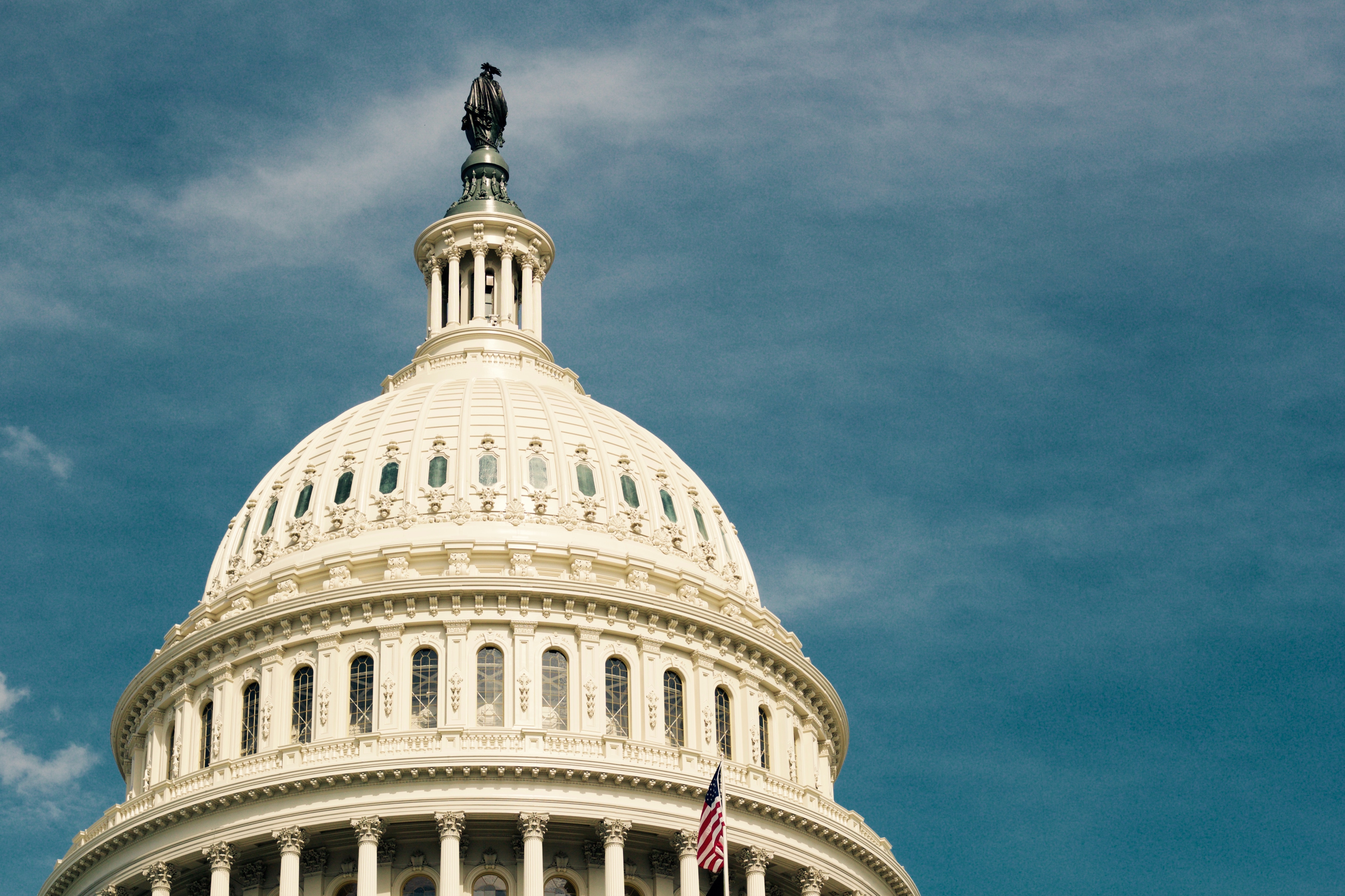Review of the CARES Act – Pension provisions
On March 27, President Trump signed the Coronavirus, Aid, Relief and Economic Security (CARES) Act which extends broad relief on many fronts. This update covers provisions relating to retirement plans. It is quick and dirty and meant to give clients and advisors a general overview. Please contact us directly for questions specific to your circumstances.
TAX FAVORED WITHDRAWALS
If a plan elects to allow them, coranavirus-related distributions of up to $100,000 are not subject to the 10% premature withdrawal penalty and may be repaid within 3 years. If not repaid, the tax may be spread over 3 years. Individuals qualify if :
- The participant has been diagnosed with the virus (as confirmed by a CDC-approved test);
- The participant’s spouse or dependent has been diagnosed with the virus; or
- The participant has suffered financially from the pandemic because:
- The participant was laid off, furloughed, quarantined, or had hours reduced;
- The participant cannot work due to the unavailability of child care because of the pandemic; or
- The participant’s own business has had to close or reduce hours.
Sponsors may rely on the participant’s certification to the cause. Although such distributions are treated as direct rollovers, they are NOT subject to the mandatory 20% withholding typically associated with eligible rollover distributions.
Such distributions are subject to ordinary income tax.
These provisions are generally permitted, but not required, in profit sharing/401(k) and 403(b) plans, and permitted in IRAs. They are NOT allowed in defined benefit (including cash balance) plans since they do not permit in-service distributions prior to age 59 ½.
HIGHER LOAN LIMITS AND PAYMENT DELAYS
For loans made in the 180 days after March 27, the maximum is increased from the lesser of 50% of the account balance or $50,000, to 100% of the account balance or $100,000. Any payments (including on pre-existing loans) due between March 27, 2020 and December 31, 2020 may be deferred for one year, and subsequent payments may be delayed similarly, with interest accruing.
AMENDMENTS MAY BE DELAYED
Amendments reflecting provisions of the Act may be deferred until the 2022 plan year. (Typically such amendments would have to be adopted by the end of the current plan year.)
WAIVER OF REQUIRED MINIMUM DISTRIBUTIONS
RMDs for defined contribution plans such as 401(k)s are waived for the 2020 plan year. This includes initial RMDs “for” 2019 that were due April 1, 2020. This applies to IRAs as well. It does NOT apply to defined benefit (including cash balance) plans.
CAUTIONS ABOUT FUNDING
401(k) safe harbor match plans are generally hard-wired and cannot change (reduce) contributions for a year once the year has started. There is an exception if the sponsor is operating at an economic loss, provided the suspension is effective at least 30 days after notice is given. Importantly, top-heavy rules still apply, and it may be necessary to make a 3% contribution for everyone, not just those deferring. If things are so bad that you are laying off staff, well, your contributions are not increasing since there is no payroll. (Not being flip, that’s reality.) I’d recommend doing everything possible to NOT change these contributions.
401(k) safe harbor nonelective plans (most of our safe harbor plans – where 3% is a base contribution), if written properly, and ours are, may elect as late as November whether or not to provide the 3% contribution. This gives us breathing room to make that decision. The problem is, many owners are making 401(k) contributions each pay period, which likely has already triggered the top heavy contributions described above, in which case the safe harbor satisfies top heavy and probably needs to be made. If you are an owner (importantly this applies to family members as well) and have NOT made any 401(k) contributions, DON’T, unless you are 100% sure you can make the 3% safe harbor.
Defined benefit plans (including cash balance, which are a type of DB plan) have required contributions. In happy days of yore (just a month or so ago!), we would give a range for the required contributions, sometimes starting as low as $0, and many clients wanted even higher limits than we could arrange for. In a defined benefit plan, participants do not have true account balances, they have promised benefits that roughly equate to a lump sum (but in the case of a cash balance plan, they do have THEORETICAL balances which are supposed to be easier to understand, but at the moment just confuse things more). Actuarial calculations tell us how much we need in the plan to pay those benefits, and how much must be put in at minimum (and may be put in at maximum). The calculations are tied to the assets – the more assets, the lower the funding, and the less assets, the more the funding. LOWER ASSET VALUES AT THE END OF 2020 WOULD EQUATE TO HIGHER MINIMUM CONTRIBUTIONS. It’s not given that we will have depressed assets, but it sure looks likely at this point in time. Higher minimums coupled with business difficulties could make for very difficult conversations early in 2021. If you are concerned about making 2020 contributions in 2021, whether they be higher or just the usual, please contact us at once. We can stop the bleeding if we freeze the plan for 2020, but since benefits are earned when participants have 1000 hours of service in a year, we are typically looking at a mid-year effective date to do a freeze. And we need some lead time to prepare and distribute a notice, so now is the time to talk.
BEST WISHES
We hope you are managing through this crisis and wish everyone the best. We are working from home as best we can. Pat lives near enough the office to check mail once a week or so without being too lawless, but e-mail and phone are best for communicating, including returning documents.

